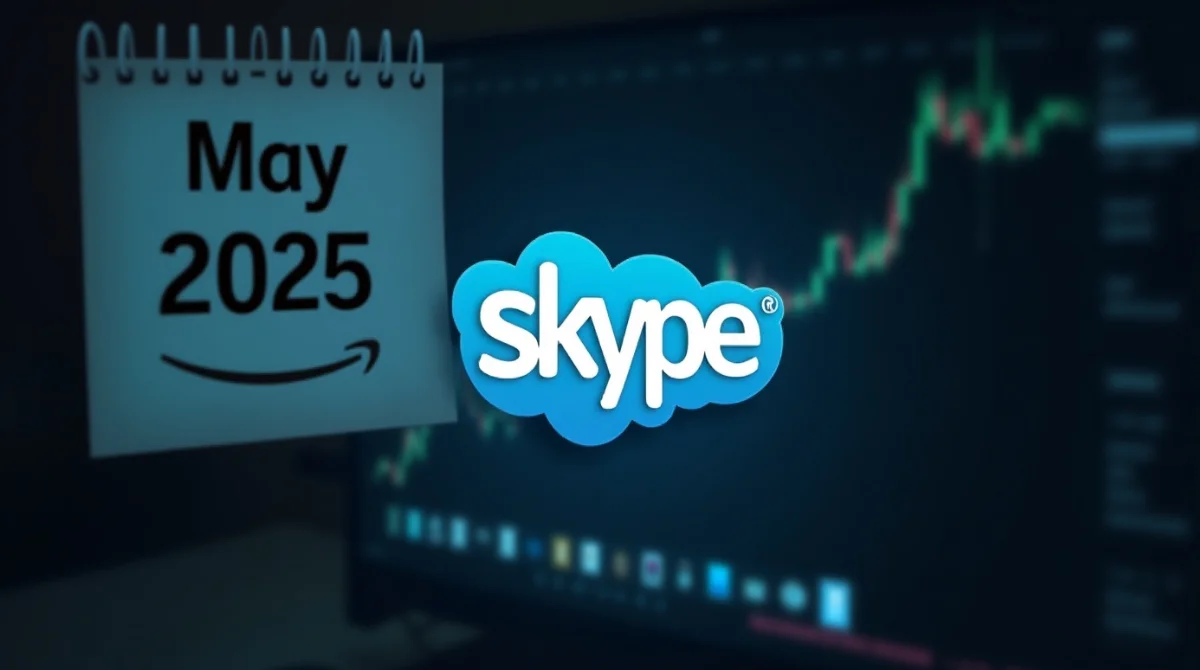In a significant shift in the digital communication landscape, Microsoft has officially discontinued Skype, the pioneering video calling service that revolutionized online communication. After more than two decades of connecting people worldwide, Skype went offline on Monday, marking the end of an era.
Launched in 2003 by Niklas Zennström and Janus Friis, Skype introduced a novel way for users to make voice and video calls over the internet. Its user-friendly interface and free services quickly garnered a massive user base, turning “Skype” into a verb synonymous with video calling. At its peak, Skype boasted over 300 million users globally.
The platform’s success attracted significant corporate interest. In 2005, eBay acquired Skype for $2.6 billion, aiming to integrate it into its e-commerce ecosystem. However, the synergy was short-lived, leading eBay to sell a majority stake to a group of investors in 2009. Microsoft then purchased Skype in 2011 for $8.5 billion, envisioning it as a cornerstone of its communication services.
Despite its early dominance, Skype faced increasing competition from emerging platforms like Zoom, WhatsApp, FaceTime, and Slack. These alternatives offered enhanced features and seamless integration with other services, leading to a gradual decline in Skype’s user base. By 2023, active users had dwindled to approximately 36 million.
In February 2025, Microsoft announced its decision to retire Skype, encouraging users to transition to Microsoft Teams, its unified communication and collaboration platform. Jeff Teper, Microsoft’s president of collaborative apps and platforms, stated, “Skype has been an integral part of shaping modern communications… but we felt like now is the time because we can be simpler for the market, for our customer base, and we can deliver more innovation faster just by being focused on Teams.
To facilitate a smooth transition, Microsoft has enabled Skype users to migrate their chats and contacts directly to the free version of Microsoft Teams. While Teams offers robust features for collaboration, it lacks some of Skype’s functionalities, such as the ability to call landlines and mobile phones using Skype Credit. However, Microsoft has introduced a Skype Dial Pad accessible through the Skype web portal and Teams for users with remaining credit, ensuring continued access to certain telephony features.
The announcement has elicited a range of responses from users. While some appreciate the move towards a more integrated platform, others express nostalgia and concern, particularly among older users accustomed to Skype’s interface. One user commented on social media, “There are so many elderly who are not happy to change technologies anymore, but are used to this one over decades to keep in touch with their loved ones.
Skype’s shutdown signifies more than just the discontinuation of a service; it marksthe conclusion of a platform that played a pivotal role in shaping digital communication. As users bid farewell to Skype, its legacy endures in the way it transformed how people connect across distances.
For those seeking alternatives, Microsoft Teams offers a comprehensive suite of communication tools, while other platforms like Zoom and WhatsApp continue to provide diverse options for staying connected in the digital age.



